This article explores the SQL Server PERCENT_RANK analytical function to calculate SQL Percentile and its usage with various examples.
Read more »

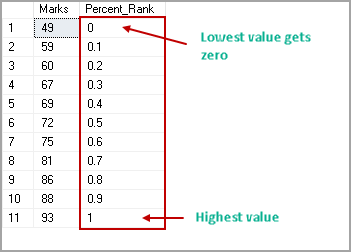
This article explores the SQL Server PERCENT_RANK analytical function to calculate SQL Percentile and its usage with various examples.
Read more »

This article gives an overview of the SQL STUFF function with various examples.
Read more »
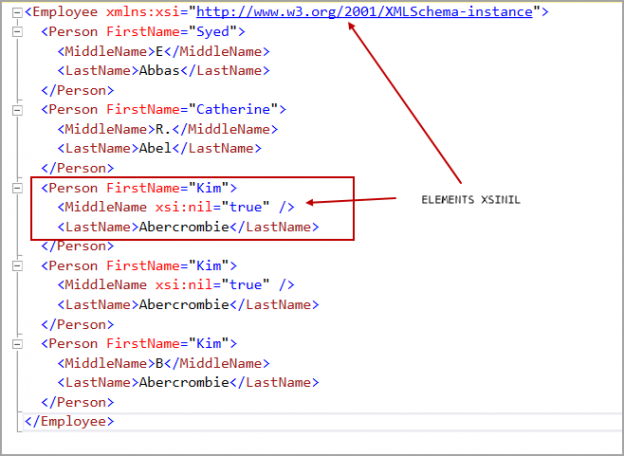
As SQL professionals, we often have to deal with XML data in our databases. This article will help you walk through several examples of using ‘FOR XML PATH’ clause in SQL Server.
Read more »
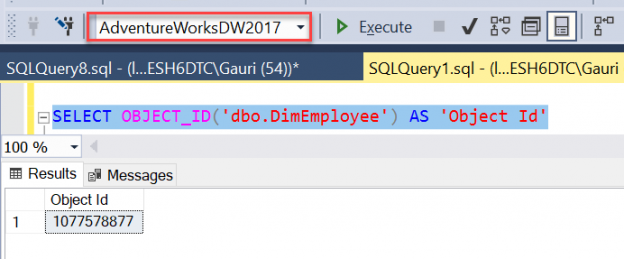
In this article, we will demonstrate T-SQL metadata functions available in the SQL Server.
Read more »
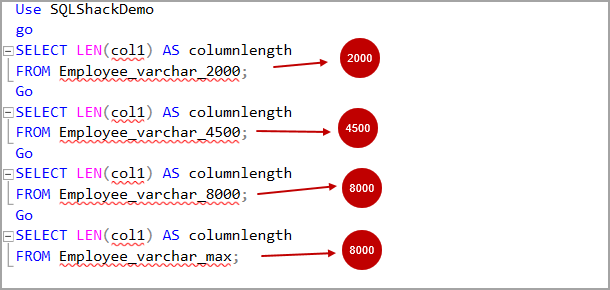
I have seen that SQL developers use varchar(max) data while designing the tables or temporary tables. We might not be sure about the data length, or we want to eliminate the string or binary truncation error.
Read more »

This article gives an overview of the SQL Server DBCC FREEPROCCACHE command and its usage with different examples.
Read more »

This article explores the SQL Server Lead function and its usage with various examples.
Read more »
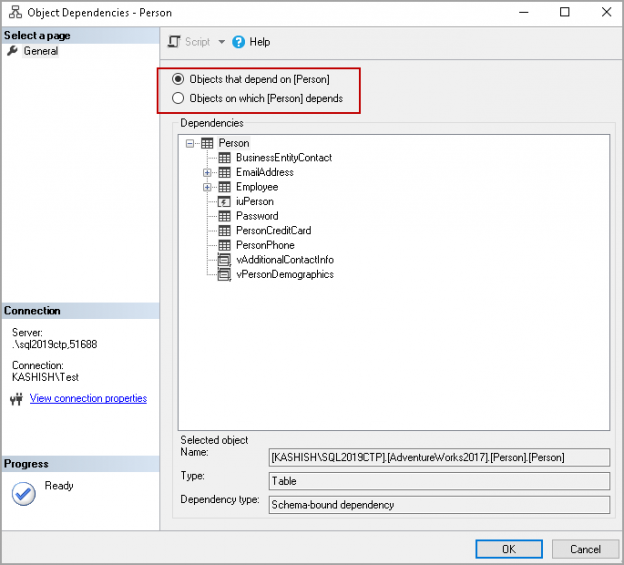
This article gives an overview of the SQL DROP TABLE statement to remove one or more tables from a database.
Read more »
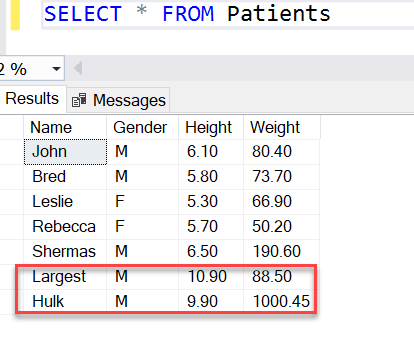
This article aims to walk you through the SQL Decimal data type and its usage with various examples. We will also see how we can exercise this data type in SQL Server to help make SQL developer’s job easier.
Read more »

We have various database objects such as view, stored procedures, triggers, functions and indexes in a relational database. Many times, we want to view definitions for these objects. We can use either SSMS graphical way or t-SQL to generate scripts.
Read more »
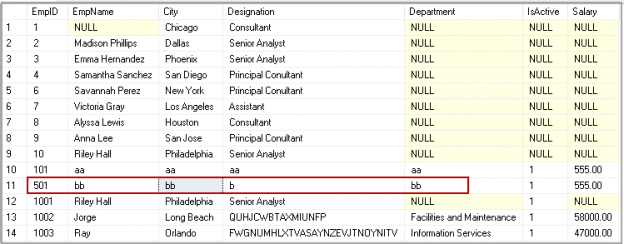
We get the requirement to remove the data from the relational SQL table. We can use both SQL Delete and SQL Truncate statement to delete the data. Understanding differences between these commands helps SQL developers to handle their data well. Additionally, this is a very common question asked in SQL beginner’s interviews.
Read more »

We perform calculations on data using various aggregated functions such as Max, Min, and AVG. We get a single output row using these functions. SQL Sever provides SQL RANK functions to specify rank for individual fields as per the categorizations. It returns an aggregated value for each participating row. SQL RANK functions also knows as Window Functions.
Read more »
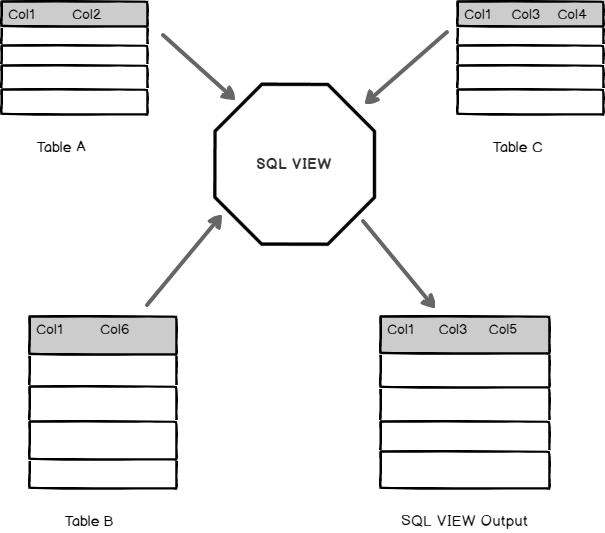
In relational databases, data is structured using various database objects like tables, stored procedure, views, clusters etc. This article aims to walk you through ‘SQL VIEW’ – one of the widely-used database objects in SQL Server.
Read more »
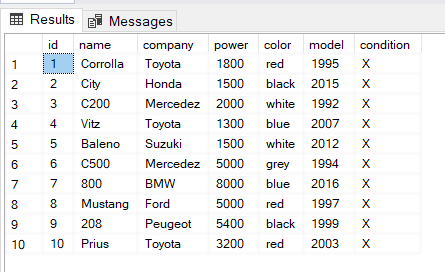
SQL Server CASE statement is equivalent to the IF-THEN statement in Excel.
Read more »
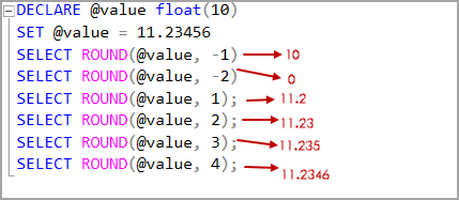
Developers deal with numerous data types on a day- to-day basis. We need to change the data type or format as per the user requirement. We use ‘SQL Server rounding function’ like SQL Round, Ceiling and Floor to round the values to the nearest numbers. We perform an arithmetic calculation on data as well. It is a challenging task to change the value of a number to an approximate number. We do not want to display decimal numbers in the application front end.
Read more »
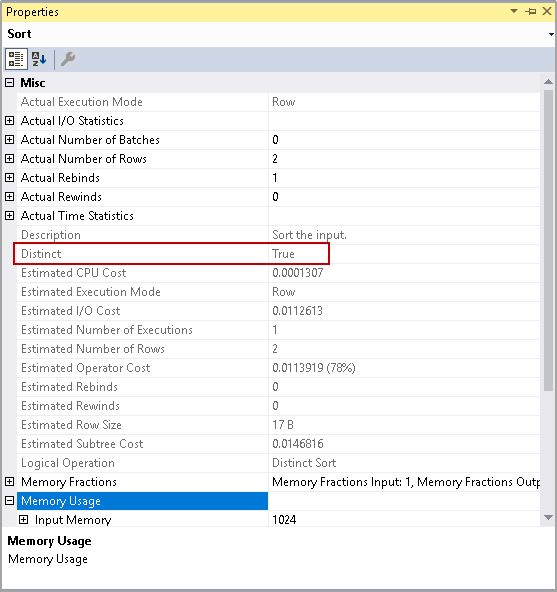
This article explores SQL Count Distinct operator for eliminating the duplicate rows in the result set.
Read more »

Organizations are generating and analyzing unmatched volumes of data with each passing minute. In this article, we will demonstrate how we can employ SQL Inner Join to query and access data from multiple tables that store this incessantly growing data in the SQL databases.


In this article, we will review on EXEC SQL statement in SQL Server and explore a few examples.
Read more »

This article is useful for a beginner in SQL Server administration and gives insights about the SQL Server Ports, the methods to identify currently configured ports.
Read more »
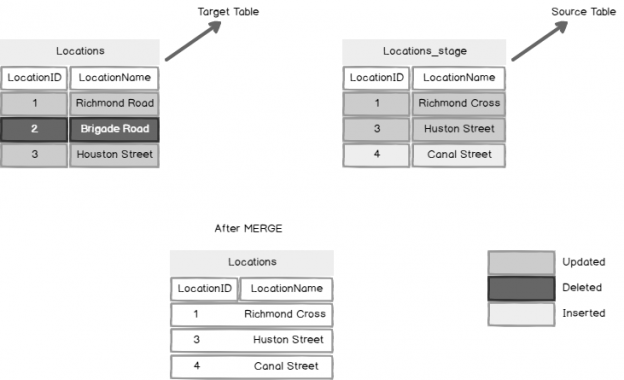
In this article, we will review SQL Server MERGE statement, alternatives to MERGE statement, different clauses and examples of MERGE statement in SQL Server.
Read more »
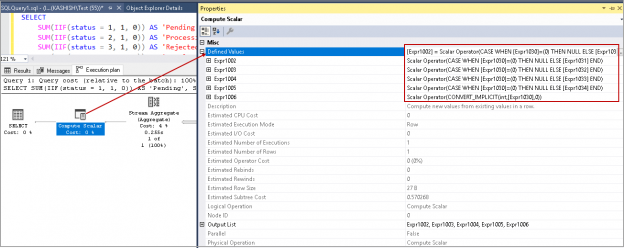
SQL Server 2012 introduced a new built-in logical function SQL IIF. It is a shorthand form of writing CASE statement logic or IF-ELSE logic.
Read more »
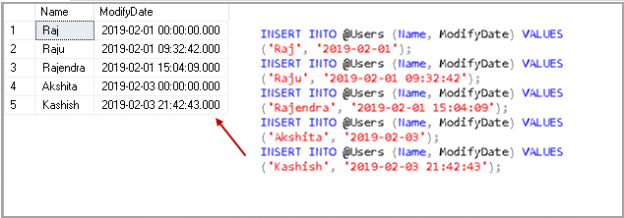
We extract data from SQL Server tables along with various conditions. Usually, we have data in large amounts and SQL Between operator helps to extract a specific range of data from this huge data. For example, suppose we want to know the product sales between Jan 2019 to May 2019. In this case, we can use this operator in a SQL query.
Read more »

This article explores the SQL Not Equal comparison operator (<>) along with its usage scenarios.
Read more »

This article explores the Identity function in SQL Server with examples and differences between these functions.
Read more »
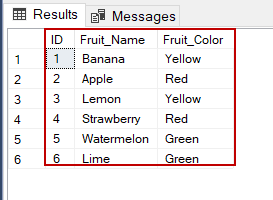
SQLSELECT statements are used to retrieve data from the database and also, they populate the result of the query into the result-sets. The SQL examples of this article discourse and explain the fundamental usage of the SELECT statement in the queries.
© 2025 Quest Software Inc. ALL RIGHTS RESERVED. | GDPR | Terms of Use | Privacy